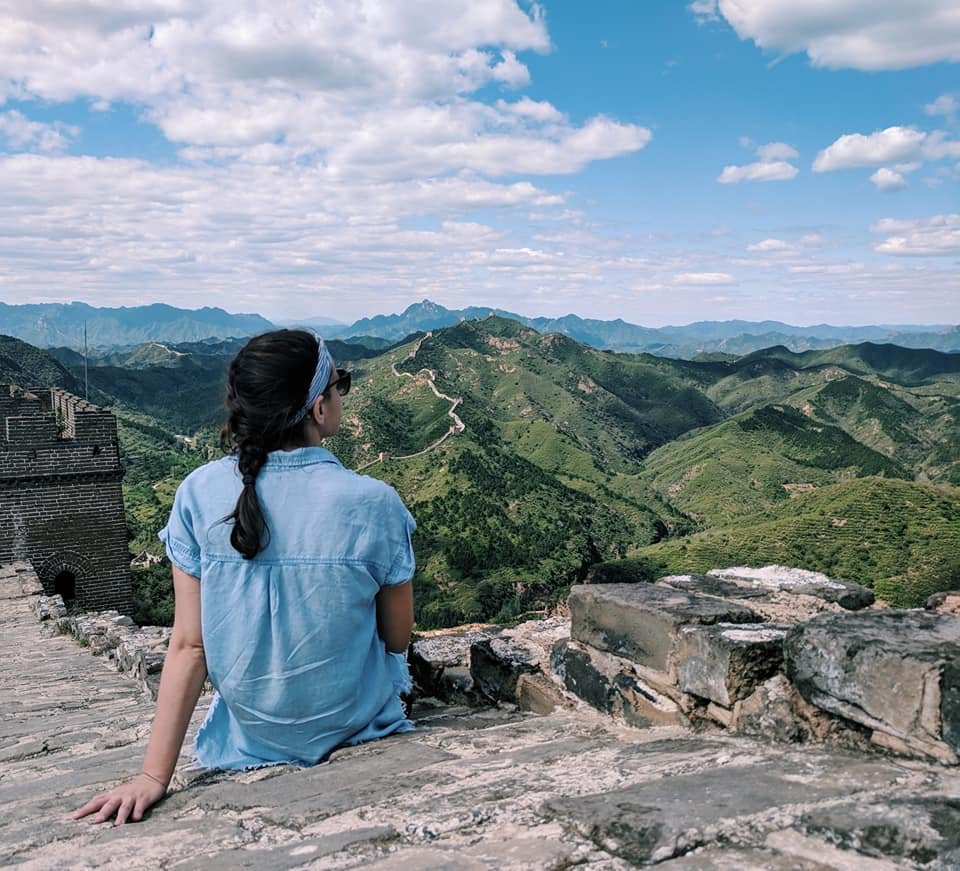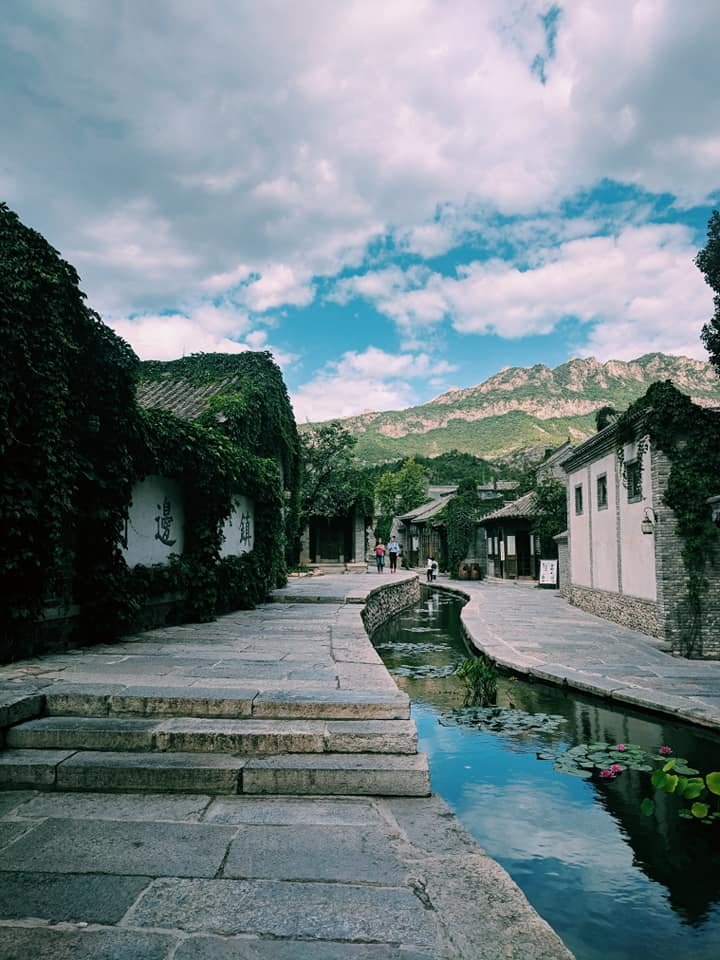How to Visit the Great Wall of China from Beijing
You’re on a quest to visit the seven wonders of the world, and it’s finally time to see the Great Wall of China. Visiting China can be a particularly overwhelming experience, especially if you don’t speak Mandarin. However, remember that people who are dumber than you are have been visiting it for years! This blog post is going to break down how to make your trip from Beijing to the Great Wall as smooth as possible.
Which part of the Great Wall should you visit?
The Great Wall is 13,171 miles long. As you can guess, there are parts of the wall that are better preserved than others, offer facilities, easier to get there, and more. When visiting the Great Wall from Beijing, I suggest visiting the Gubei Water Town entrance or Mutianyu entrance.
Gubei Water Town
The entrance to the Great Wall from Gubei Water Town is about an hour and forty-five minutes from Beijing’s city center. Since my travel companion spoke Mandarian, we felt comfortable purchasing cheap public transportation bus tickets to visit this attraction. You could still manage this without knowing the language, but if you don’t feel comfortable with this you could hire a guide for a fee. I believe taking the bus is a great way to get a taste of the culture, but this ride is particularly uncomfortable.
The Gubei Water Town is a reconstructed traditional village from the Qing Dynasty (1644-1911) that surrounds the Duck Lake Reservoir and leans against what is considered the most dangerous part of the Wall, Simatai. Here you’ll find restaurants, bars, museums, shops, and facilities. We enjoyed an (optional but delightful) boat ride that took us to the base of the Wall. From the base of the wall, you can either hike or take an enclosed gondola. We opted for the gondola and enjoyed breath-taking views of the surrounding mountains. If you’re in good shape, the hike up looks enjoyable but steep! This section of the wall is very steep, and offers less protection from walking off the edge – but the views are immaculate.
This is a good option if you’re looking for a structured visit to the wall, and want to stick to a path frequented with visitors.
Mutianyu Wall Entrance.
On my first trip to China, I visited the Mutianyu part of the Wall. At this time my friend was less fluent in Mandarian and we still made it – despite a few hiccups. (Cue getting scammed on the bus, befriending some Australians, and finding a female cab drive amongst the mob of men – but that’s for another time.) We again took public transportation, but it was a bit more confusing. I would suggest hiring a car unless you’re with a Mandarin speaker.
This part of the wall was more put-together than Gubei Water Town. The Mutianyu section of the wall is known for its fine architectural significance. If you’re interested in seeing more of what the Wall used to look like, this may be your place. Here you ride a chairlift to the top. What stands out is the alpine slide you take to get down! For a small fee you can zip down the mountain the Great Wall sits on back to the entrance for the ski lift. You have to do it! It was so much fun – and how many people can say they rode a slide down the Great Wall of China?
There are some small food and shops here, and basic facilities s(think squatty-potties). If you have mobility concerns, Mutianyu is the best of the two options. However, if you use a wheelchair, visit Badaling to utilize their wheel-chair accessible lifts.
There are plenty of places to access the Great Wall, and these are just two! I visited these because my local friend suggested them, but I am sure there are many other great options. Send me a message if you have questions!






